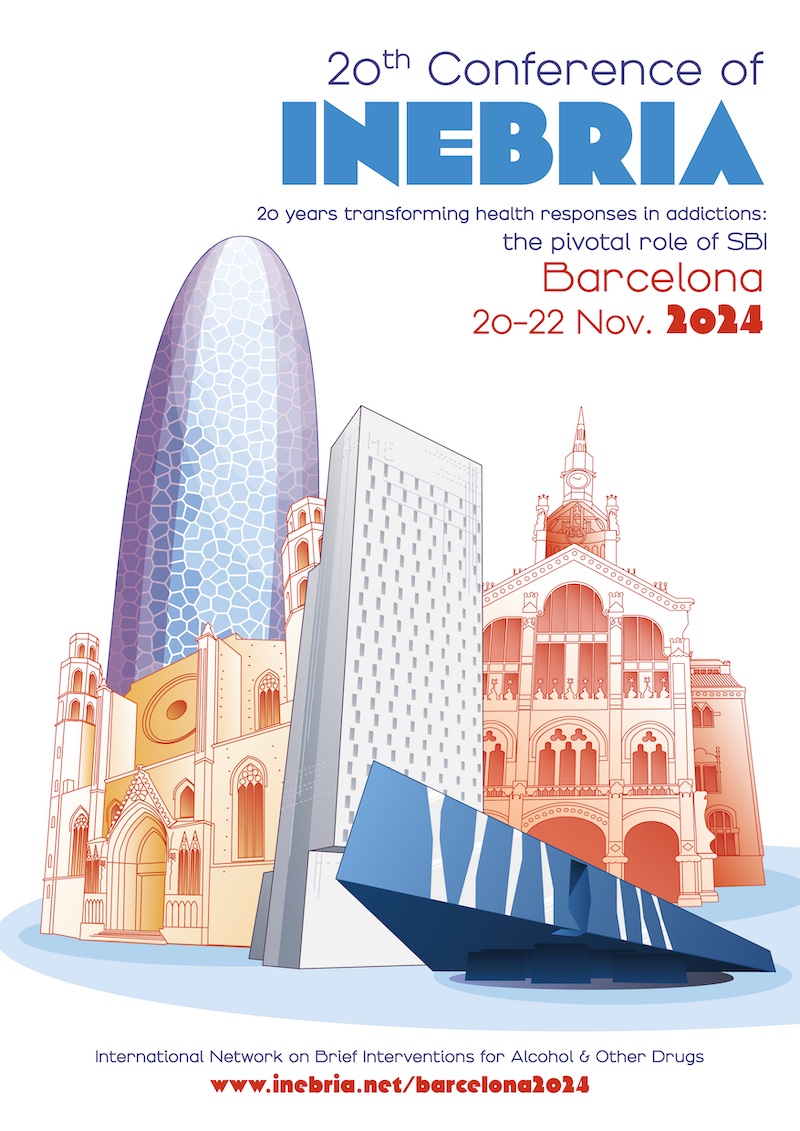The aim of the communications strategy is to promote a better understanding of the concept of “risky drinking” among relevant professional groups and the general public. Without such an improved understanding of the rationale behind screening and alcohol intervention, no attempt at widespread dissemination can be expected to succeed in the long term.
The strategy will be linked to the later Demonstration Project and therefore will be concentrated in the first instance on the local area in which the demonstration2 project will take place.
There are three main target audiences for the strategy:
-
primary health care professionals (GPs, practice nurses etc)
-
other stakeholders (primary care group managers, commissioners etc)
-
the general public.
For an effective strategy, each of these broad groups will be further segmented. The right messages using the right language for each segment can then be established. The strategy will therefore be directed at:
-
developing messages that are more likely to have an impact on their intended audience
-
identifying the best means of delivering these messages (words, graphics, audio, video, multi-media)
-
the most appropriate communication vehicles (mail, telephone, TV, radio, internet, billboards, posters in waiting rooms etc) for each of the messages, especially with respect to dissemination at a local level.
The delivery of specific messages will be piloted and tested and the results fed back into a co-ordinated strategy. The strategy will be evaluated by pre- and post-strategy measures of the extent to which respondents understand and accept the concept of risky drinking and other related matters. Among the general public this could be done by mailing questionnaires to a random sample of the local community or by face-to-face interviews in community settings. Among health professionals and other stakeholders, mailed questionnaires, telephone or personal interviews will be used to record changes in attitudes to screening and brief interventions and risky drinking.



 Join Facebook Group
Join Facebook Group Join Google Group
Join Google Group